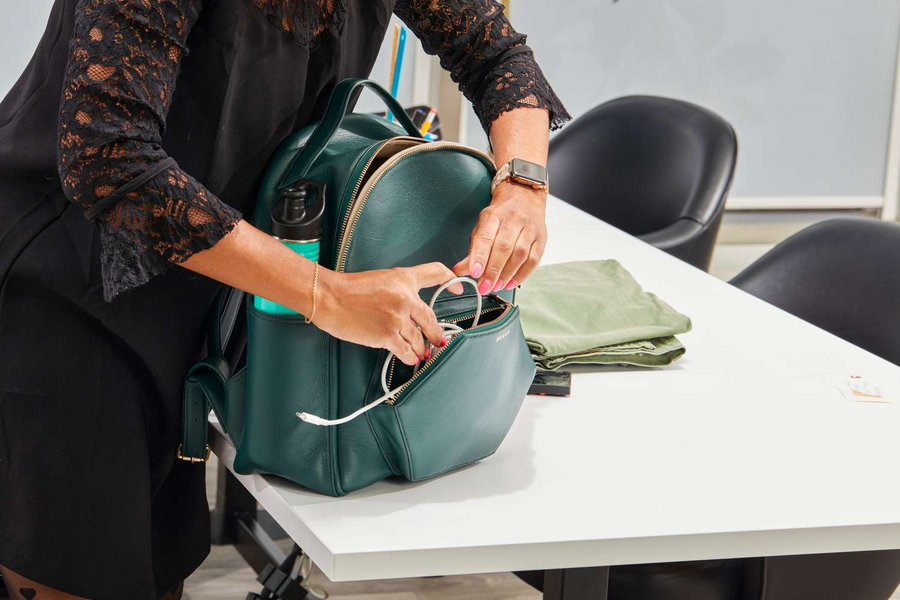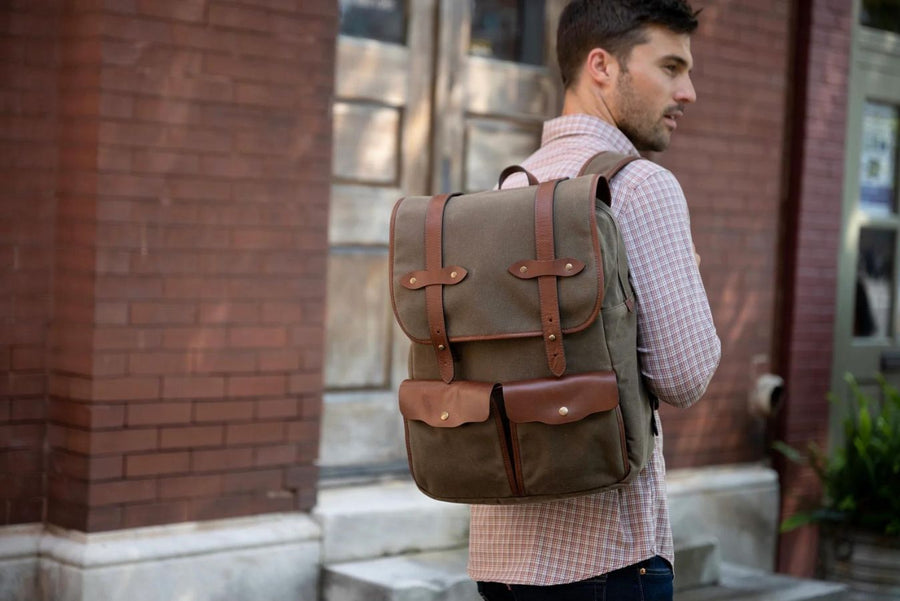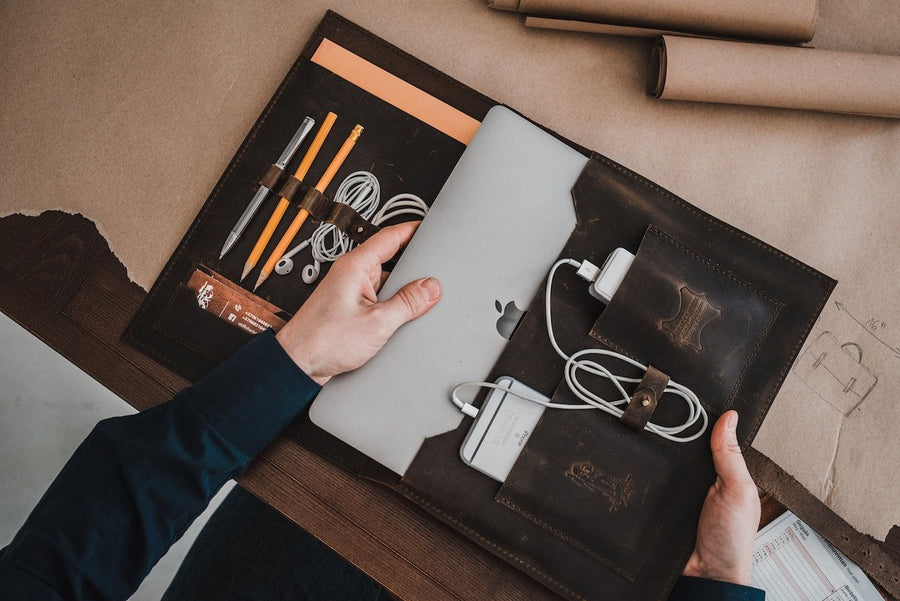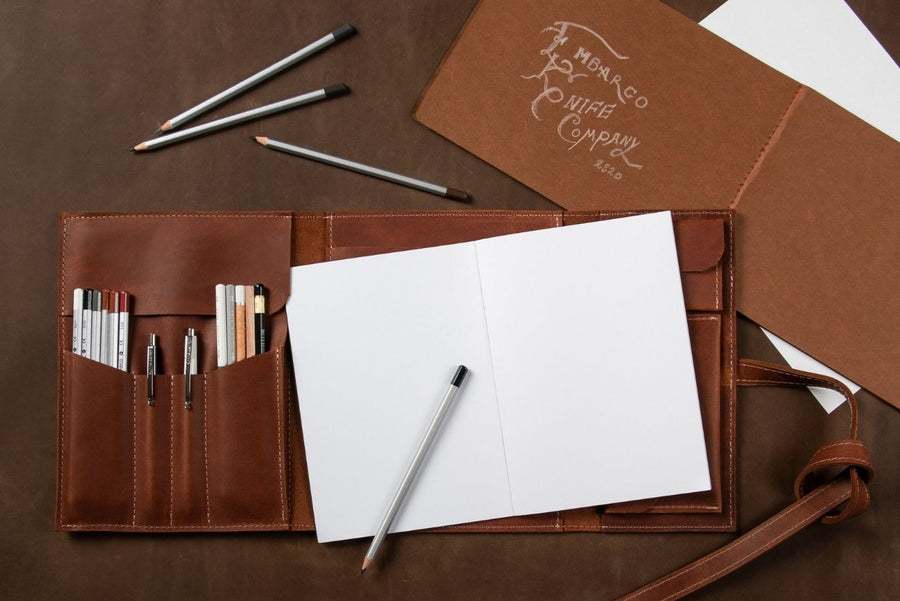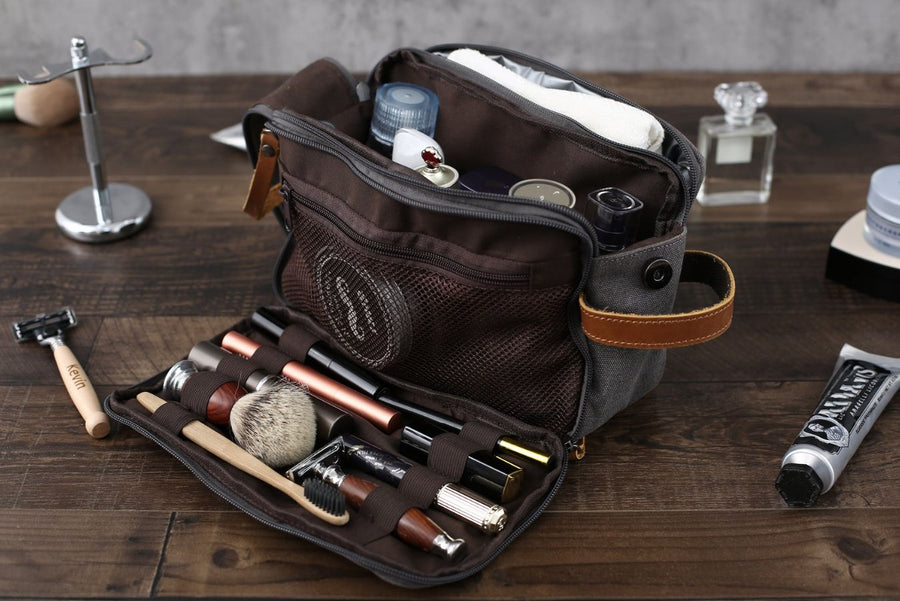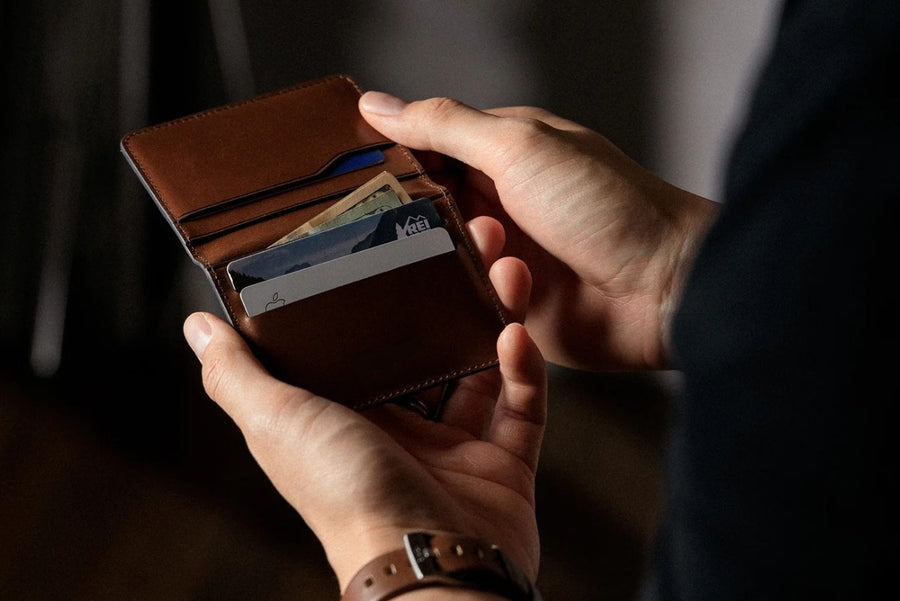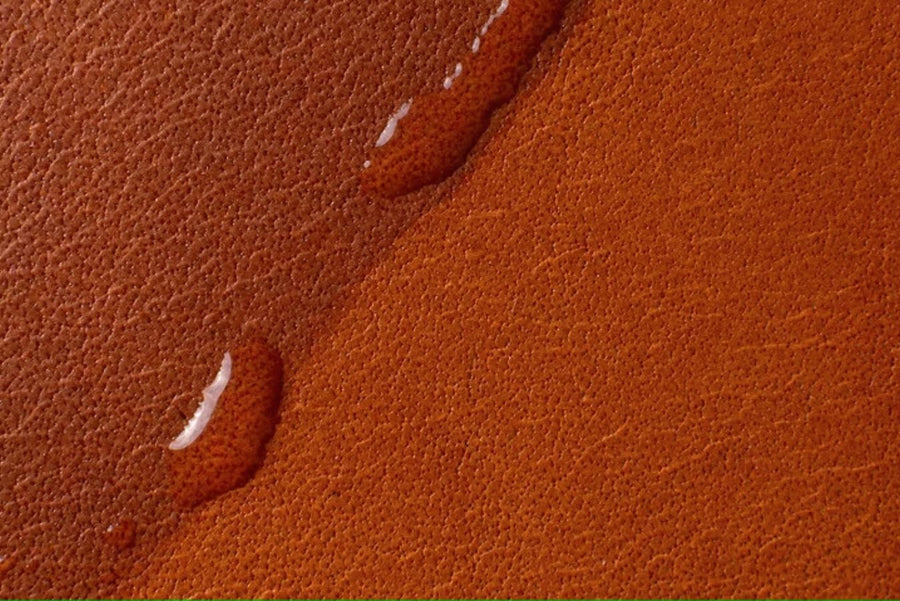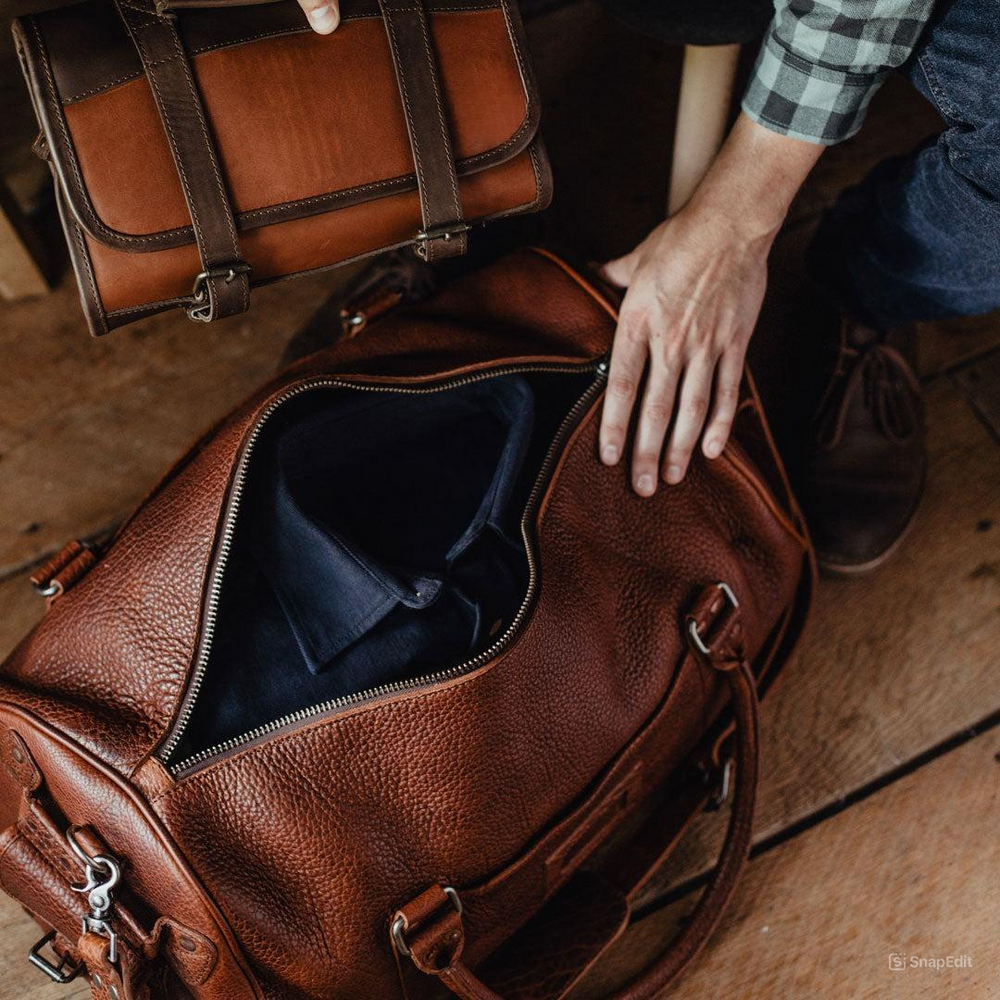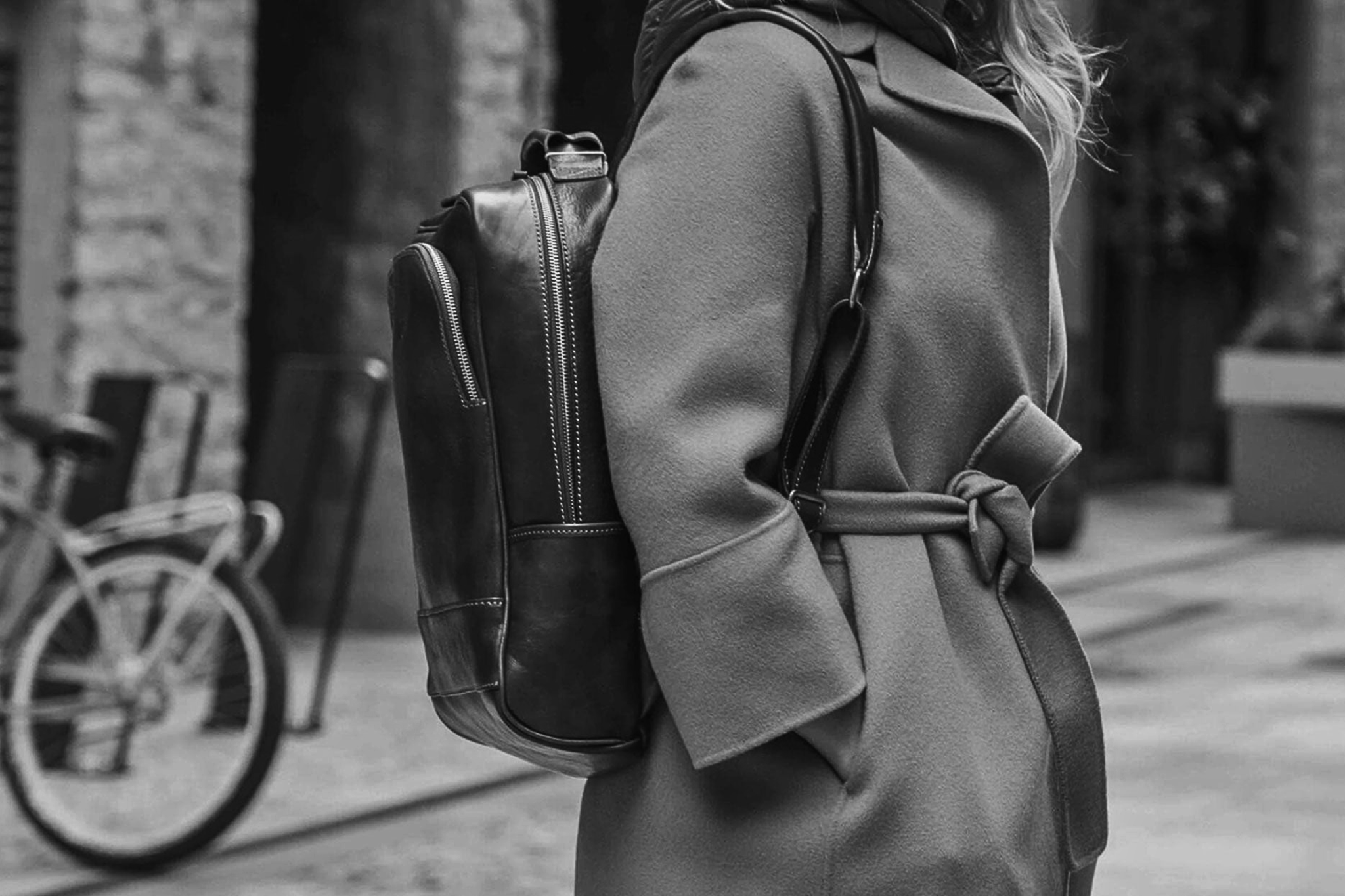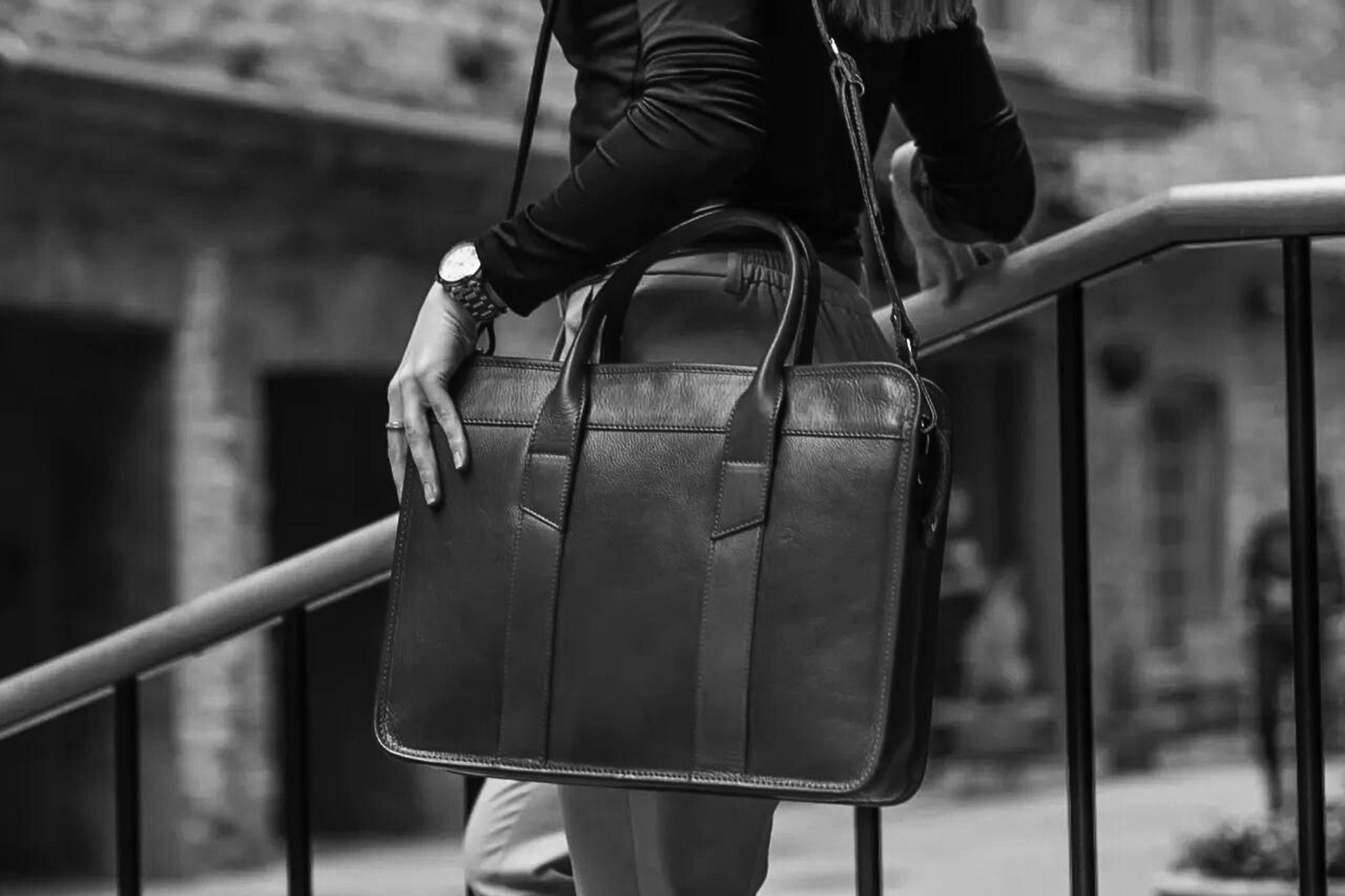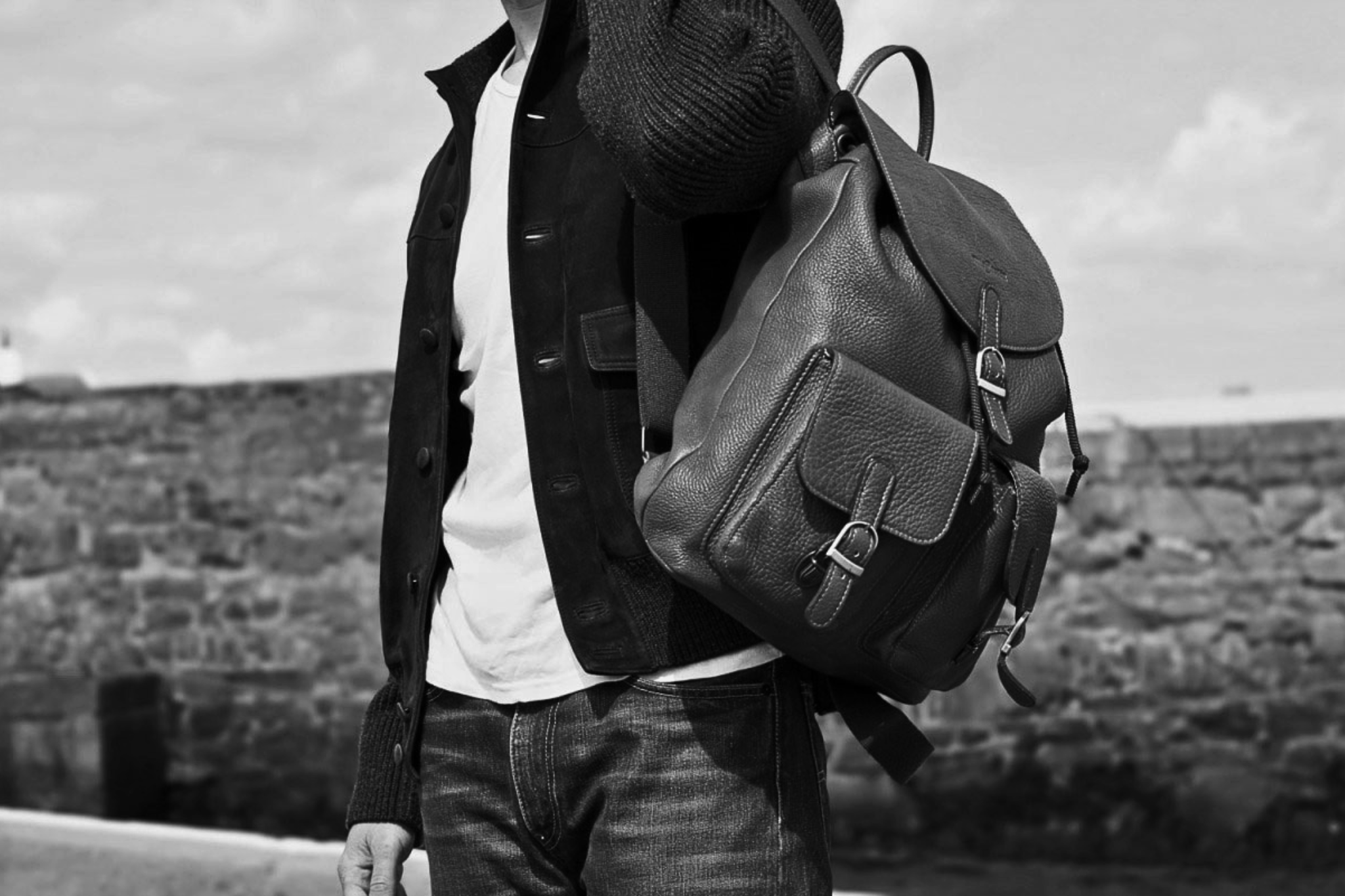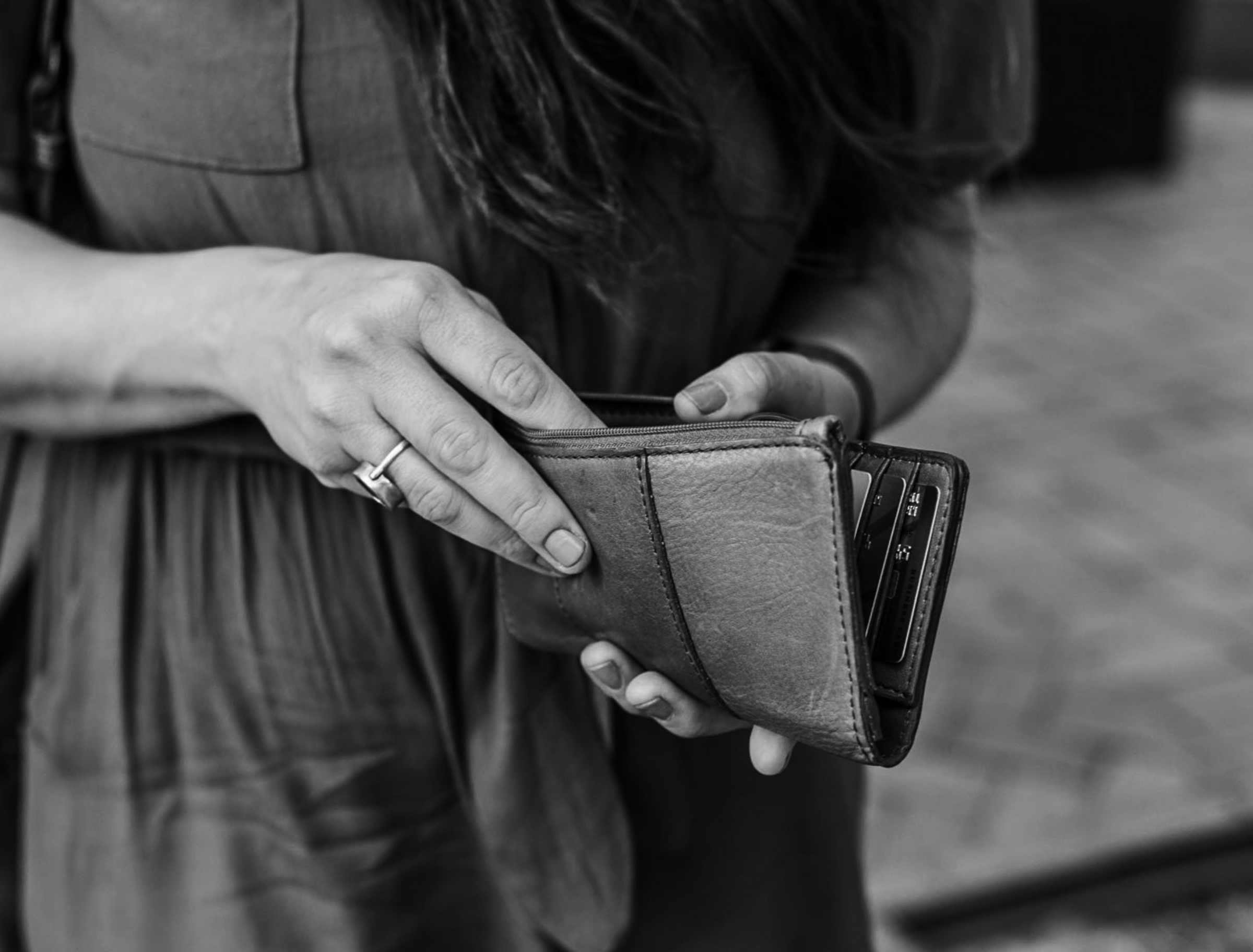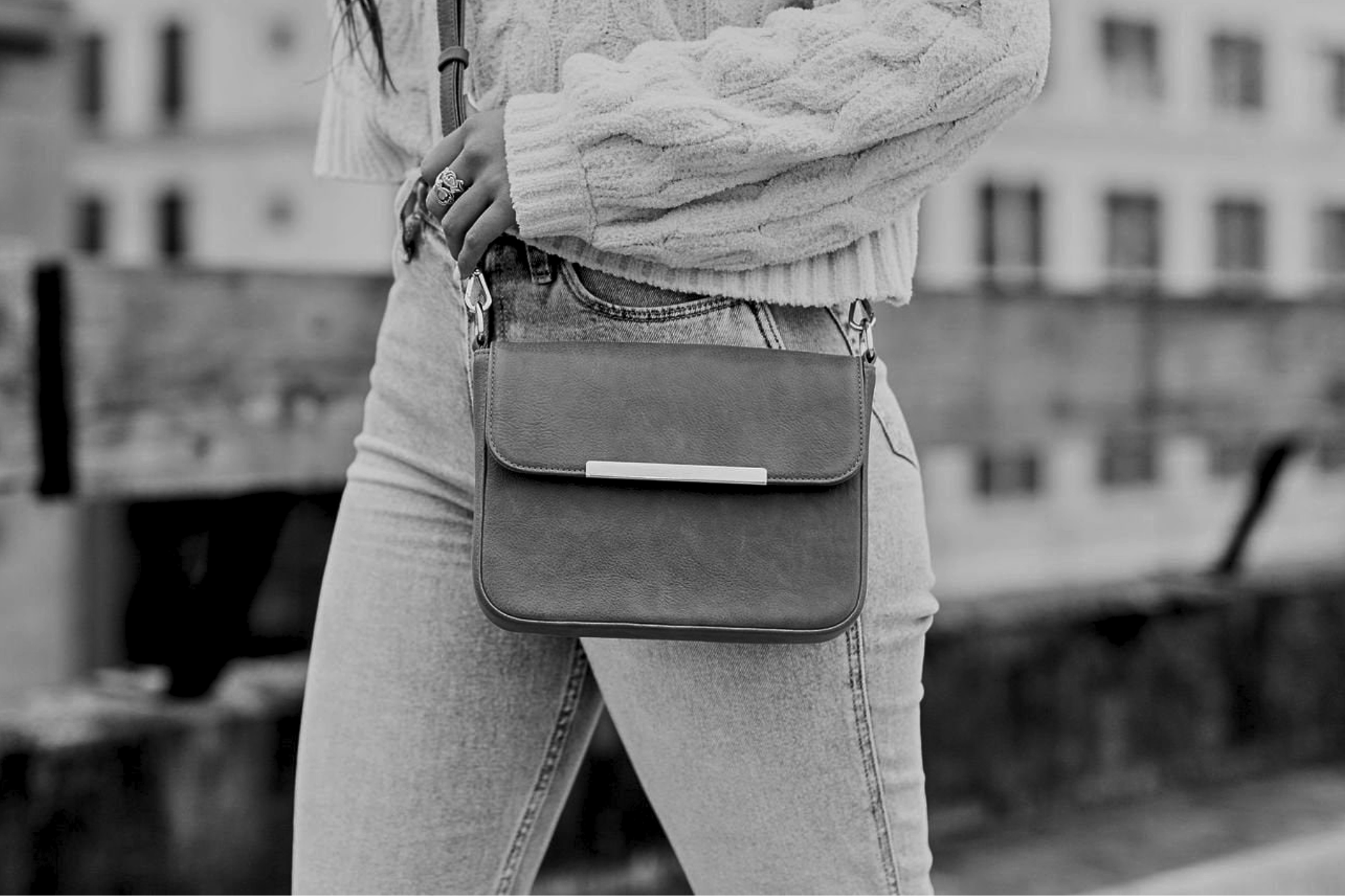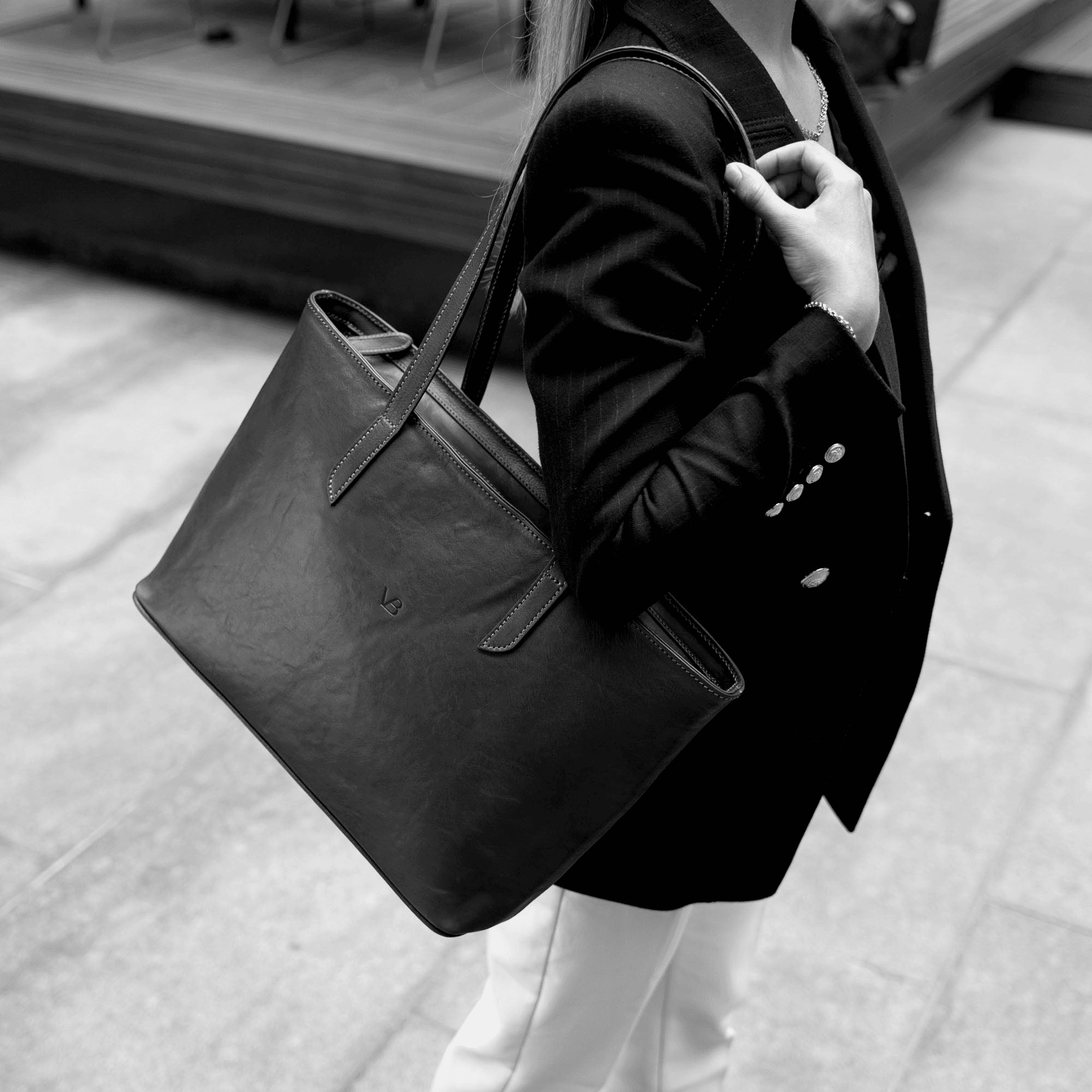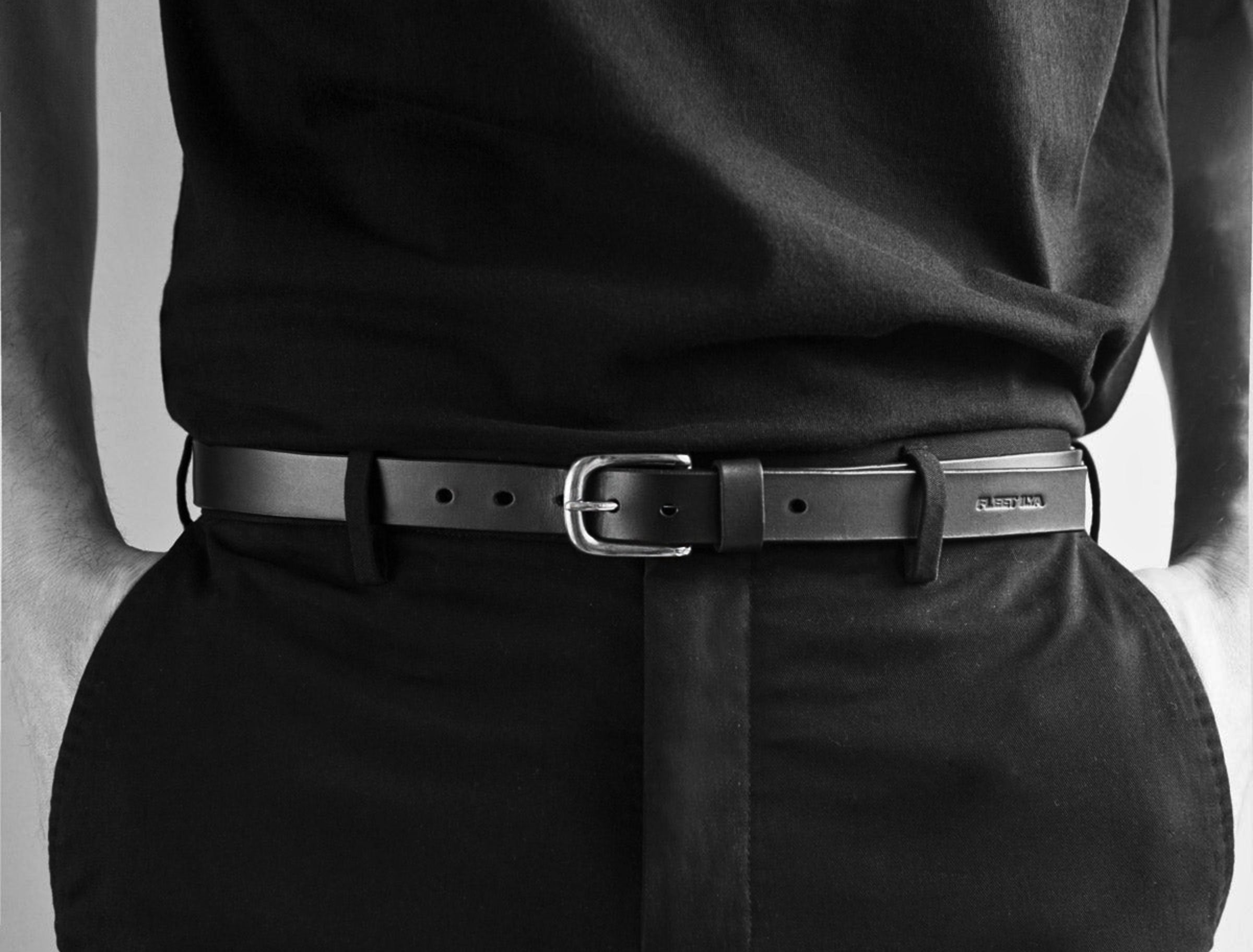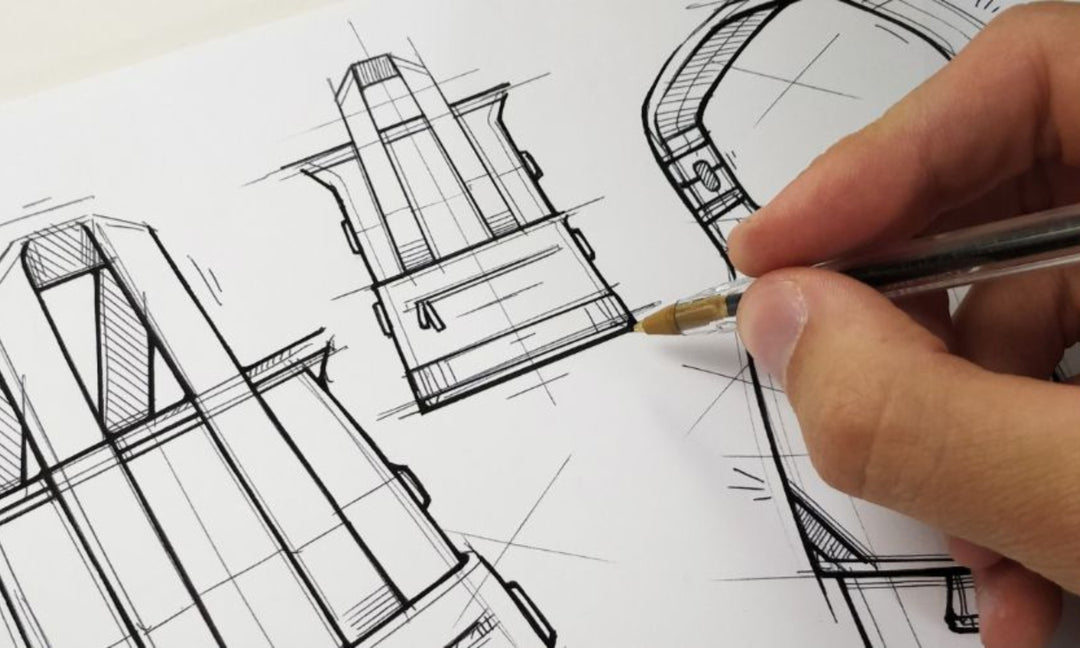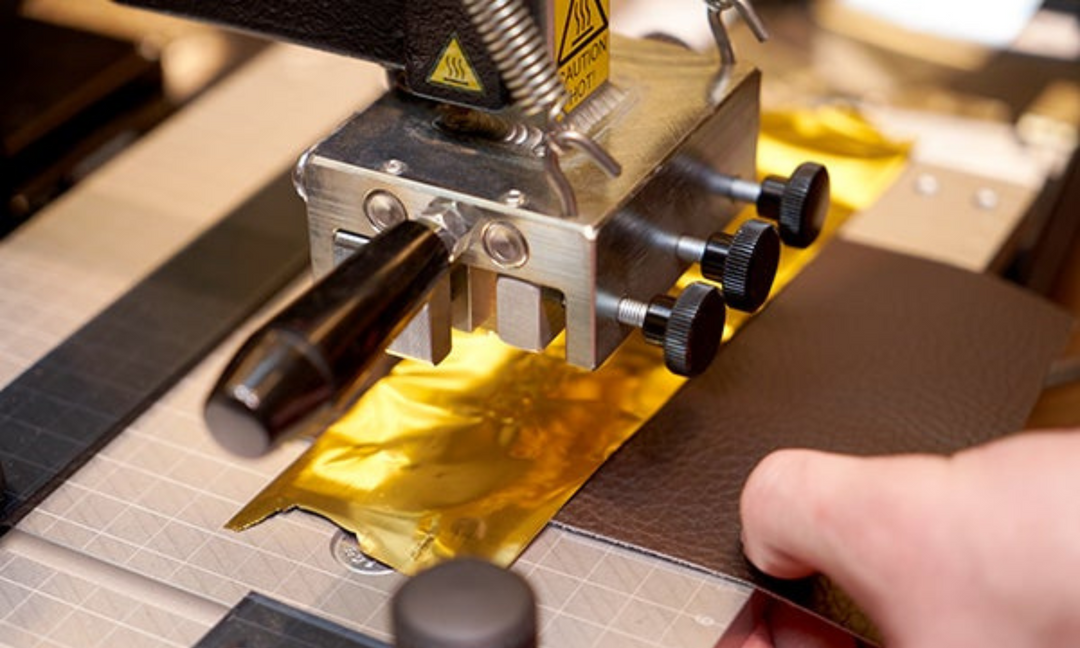Different types of leather
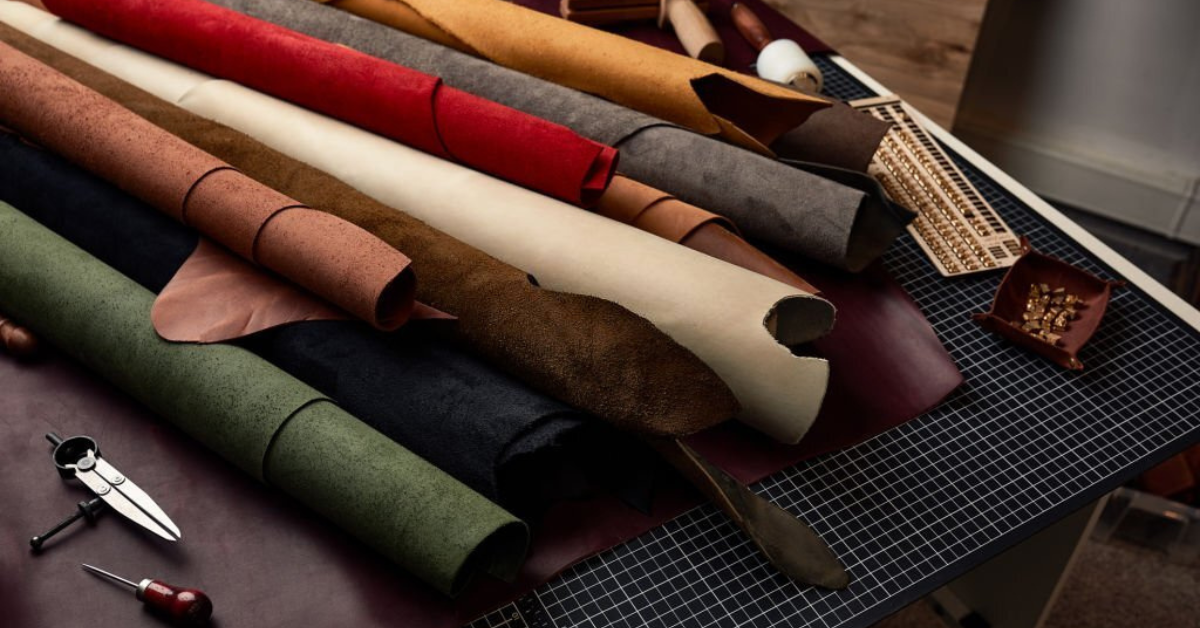

All of us value things with good quality. And leather is one of the best material. In this blog we want to share with you about different types of leather.
Different types of leather
It's important to understand different types of leather. In deciding on the best leather for a product or buying custom-made items, it's essential to know the various types of leather and how they are made.
Leatherworking has been around for as long as man has been eating meat. It’s a centuries-old craft that is experiencing renewed popularity as consumers seek authenticity in their goods. This makes learning about leather craft a delight, especially with all the terminology and history that can be uncovered by doing so. When you’re buying leather products, you want to make sure that you have a good understanding of what you’re buying. This can be accomplished by having a thorough knowledge of the terms used in marketing or by looking into the different types of leather.
Leatherworking has been around for as long as man has been eating meat. It’s a centuries-old craft that is experiencing renewed popularity as consumers seek authenticity in their goods. This makes learning about leather craft a delight, especially with all the terminology and history that can be uncovered by doing so. When you’re buying leather products, you want to make sure that you have a good understanding of what you’re buying. This can be accomplished by having a thorough knowledge of the terms used in marketing or by looking into the different types of leather.
There are generally considered four types of leather quality grades, listed from best to worst: full grain leather, top grain leather, genuine leather, and bonded leather.
Full grain leather
Full grain is the longest lasting, highest quality grade of leather available. It holds the pattern of the animal's skin and has a soft, natural look and warm feel. Because it comes from the top layer of the cow's hide, full grain leather is stronger and more breathable than others. Never sanded or buffed, the surface keeps its unique characteristics, including small imperfections like pores, wrinkles, and scars. Minimal processing preserves the skin's tension, allowing it to keep its moisture-resistant barrier. The enduring superiority of full grain leather makes it an ideal choice for top-of-the-line handbags, briefcases, shoes, and any bag or accessory that gets heavy use. Full grain pieces also develop a lovely, rich patina over time.
Genuine leather
Corrected grain leather, or "genuine leather", is at the third tier when it comes to quality. This type of leather feels stiff and cold when compared to high-grade pieces. Removing the two outermost layers of the hide leaves an intermediate section, which is the part used for genuine leather. An artificial texture and color spray treatment is applied to create a natural look. Genuine leather is an affordable alternative to high-end options. As such, this leather works well for everything from backpacks to briefcases, but it is far less durable than full or top grain.
Bridle leather
Bridle leather is the result of an in-depth tanning technique. Made using only the highest quality cowhide, this type of leather is smooth, flexible, and comfortable. Crafting bridle leather is time-consuming and intensive, so using materials that are free of flaws or defects is critical. During the tanning process, the hide is saturated with grease, then waxed and dyed to give it a rich, glossy look. The finished item is stiff at first, but it becomes more pliable and develops a unique patina over time. As the name suggests, bridle leather was originally designed for use in the equestrian trade. Due to its strength and firmness, it also makes high-quality belts, straps, and gun holsters.
Bonded leather
Known as the lowest of the grades of leather, bonded leather is made from production leftovers. Also referred to as reconstituted or blended, this material must contain at least fifty percent animal hide. Created through an extensive process, bonded leather consists of shredded fibers and hide scraps. After combining these pieces with a bonding solution like polyurethane or latex, the mixture is spread onto a paper or cloth backing. Once this step is complete, bonded leather can be embossed with a leather-like texture. Bonded leather is not as strong as top grain or even genuine leather. As such, manufacturers typically use it as a less visible component in their products. Common uses include soles and heels for shoes, textile linings, and book covers.
Deerskin leather
Versatile as well as comfortable, deerskin leather is the tanned hide of a deer. Since it can be difficult to work with, this high-end product is not mass produced. Several characteristics draw people to deerskin leather. This light, thin material has plenty of stretch, so it is easy to shape and allows for some airflow. Despite its lean and supple feel, it is also among the most durable types of leather. Deerskin retains its original, soft texture even after it gets wet and dries. This malleable leather is a favorite of high-end fashion houses. Designers often use deerskin for handbags, shoes, and coats. Although not water resistant, these products last a long time with proper care.
Goatskin leather
Goatskin leather, also known as Morocco leather, makes up nine percent of the world's supply. Though the majority of the industry works with cowhide, goat leather has a wide range of uses. Lanolin, which occurs naturally in the goat's skin, keeps this leather supple and minimizes the need for maintenance. Not only does this natural moisturizer help the hide stay soft and durable, but it also creates a water-resistant surface. The final product is warm, breathable, and lightweight. Long-lasting, sturdy, and attractive, goatskin leather is used primarily for clothes, gloves, and bags, though some manufacturers will integrate it into shoes or book covers.
Lambskin leather
Lambskin leather is crafted from the hides of young sheep. These delicate skins require a gentler tanning process, resulting in finely grained leather known for its buttery smooth texture. Flexible and lightweight, lambskin produces one of the softest varieties of leather available. Over time, it becomes even softer and smoother. This extremely comfortable material is also more fragile than tougher, thicker leathers. While not as expensive as full grain, lambskin leather is also associated with upscale products. Many brands turn to this supple leather for pieces that are meant to be touched frequently or worn against the skin, like jackets, gloves, and wallets.
Nubuck leather
Created from top-grain cowhide, nubuck leather is similar to suede, but it is stronger and longer-lasting. This style is velvety to the touch but scratches easily. Made from the outer layer, or grain side, of the hide, nubuck leather is tough and durable. The surface is sanded and dyed to produce a clean, uniform appearance. Any animal skin can be used to make nubuck leather, though cow or calf is the most popular. While nubuck leather is soft, it can show marks and scuffs. Because of this, it's usually reserved for items that see gentle use, like fine clothing, bags, and occasionally car interiors.
Split grain leather
To make them thinner and more manageable, thick animal hides are often separated into at least two layers. The portion closest to the animal's flesh is called split leather, split grain leather, or genuine leather. Split leather does not bear the same character marks or grain as the outside layer of the hide. It can be turned into suede or sanded, embossed, and pigmented to look and feel more like top grain leather. However, hides that go through surface coating lose their breathability and are not as strong as higher grade leathers. While suede split grain leather is a popular choice for clothing and accessories, stamped and treated varieties of split grain leather work best for other applications. Low-impact areas of car interiors like steering wheels and door linings regularly use this material as a covering. The rarely touched outside and back panels of furniture may also feature split leather.
Suede
Suede is made from the underside of the animal skin, typically lamb, calf, goat, or deer. This leather finish can come from flipping the hide upside down to reveal the fuzzy backing or from removing the top grain to leave only the soft, fibrous bottom layer behind. After a buffing and brushing process, these hides have a velvety texture that is pleasant to the touch. Because the tough exterior skin has been removed, suede leather is soft, lightweight, and pliant but less durable than full grain or top grain. Suede fabric is sought after for accessories such as dress shoes, bags, and clutches. It is more durable than many kinds of cloth, making this leather excellent for linings and clothing. However, delicate, porous suede will not hold up well to constant stress or moisture.
